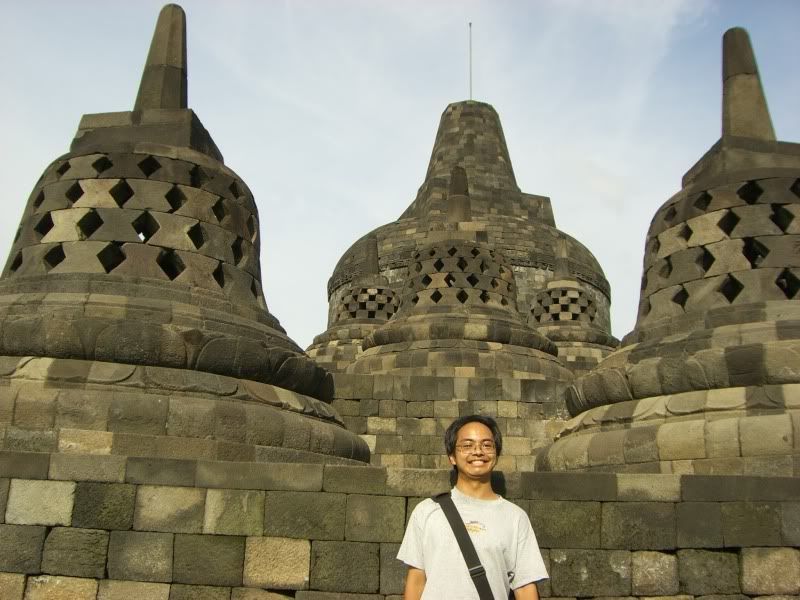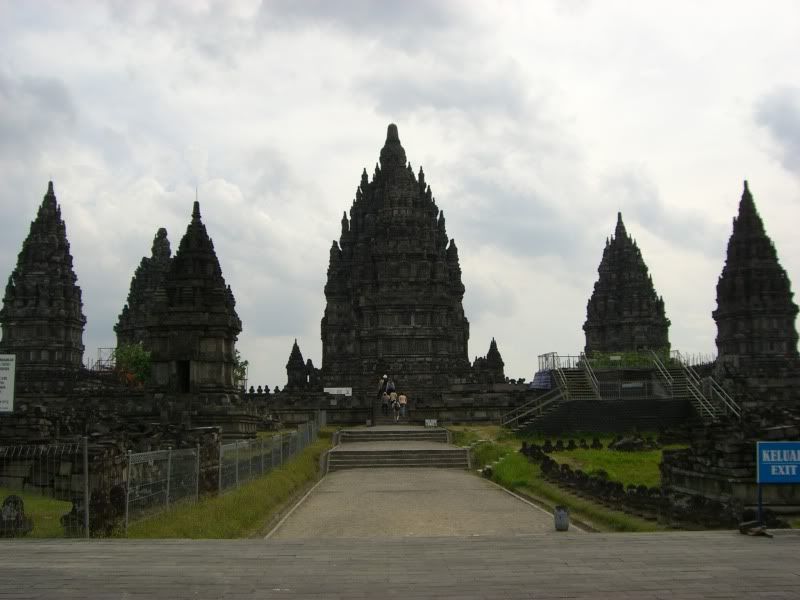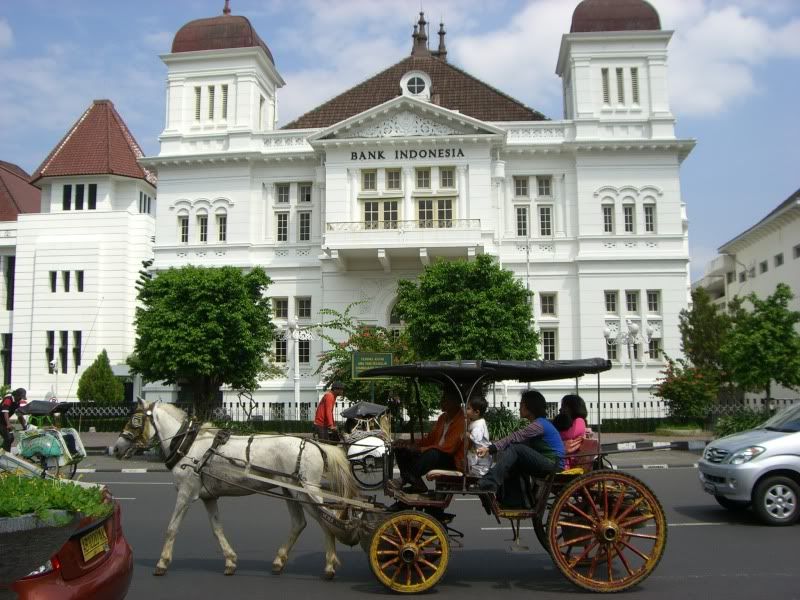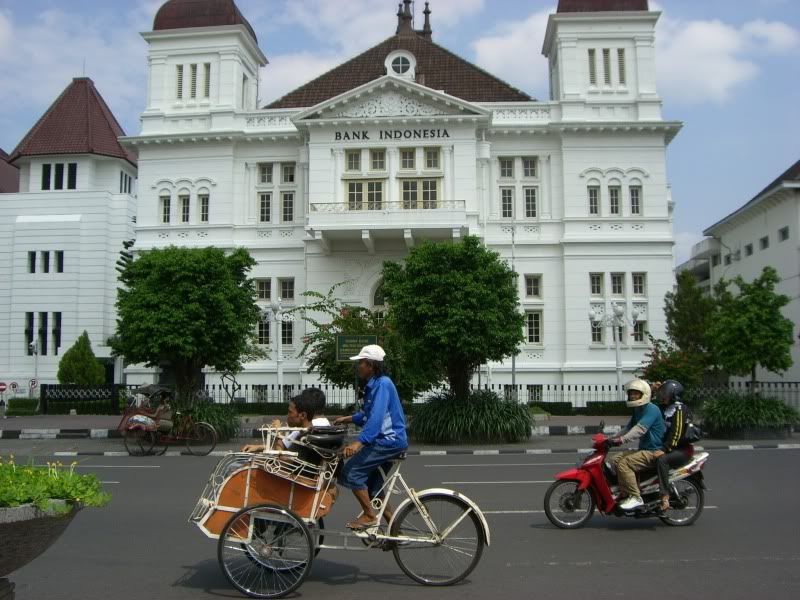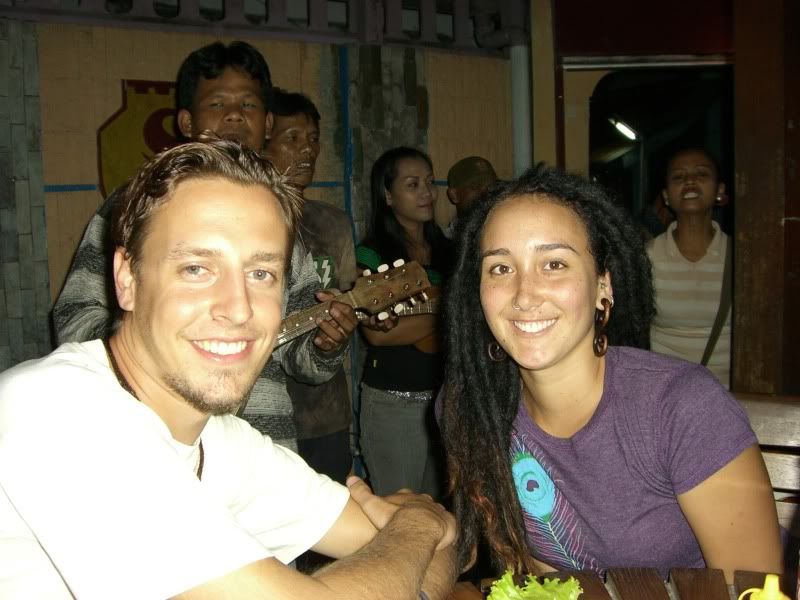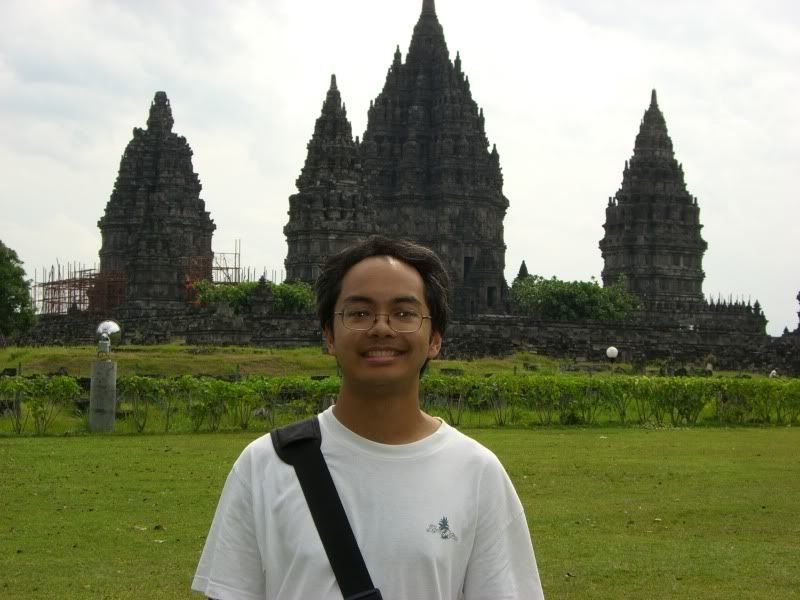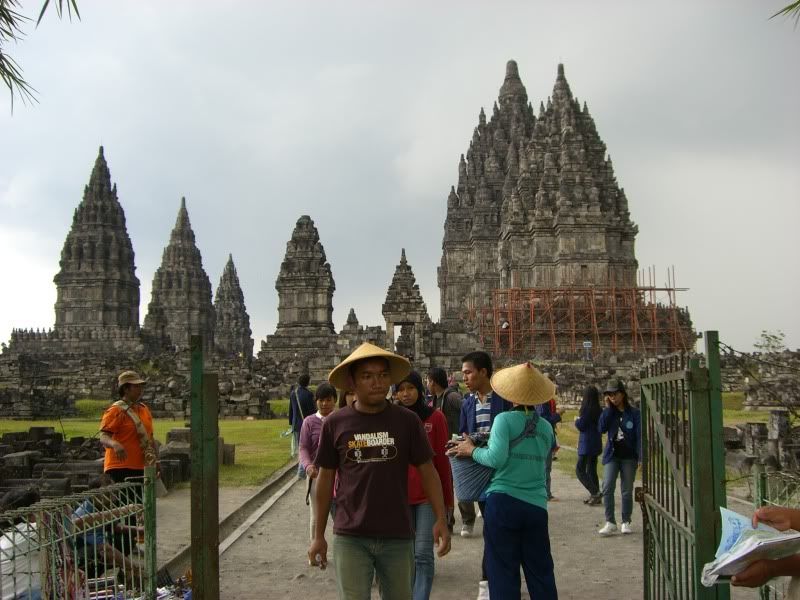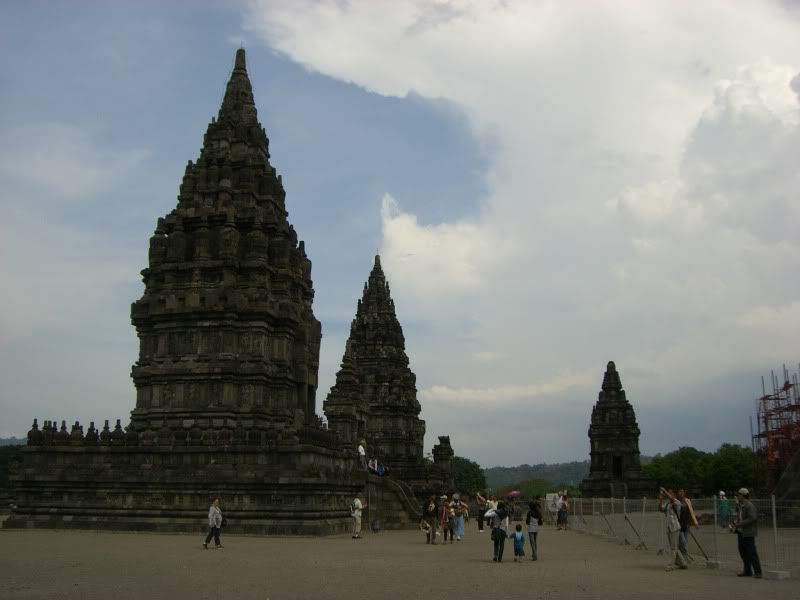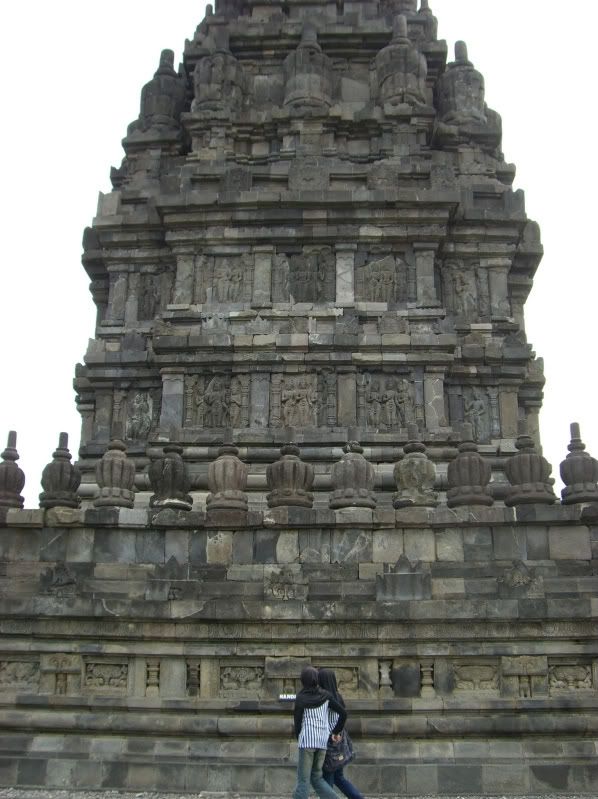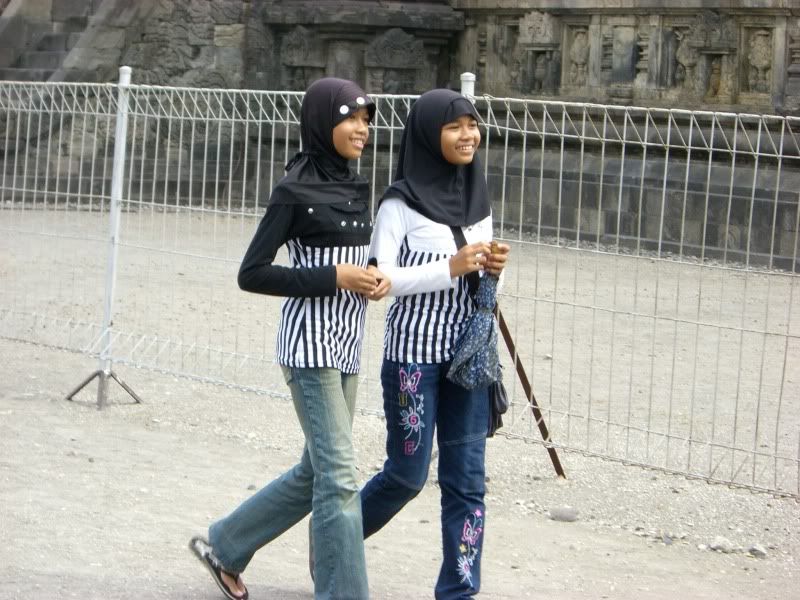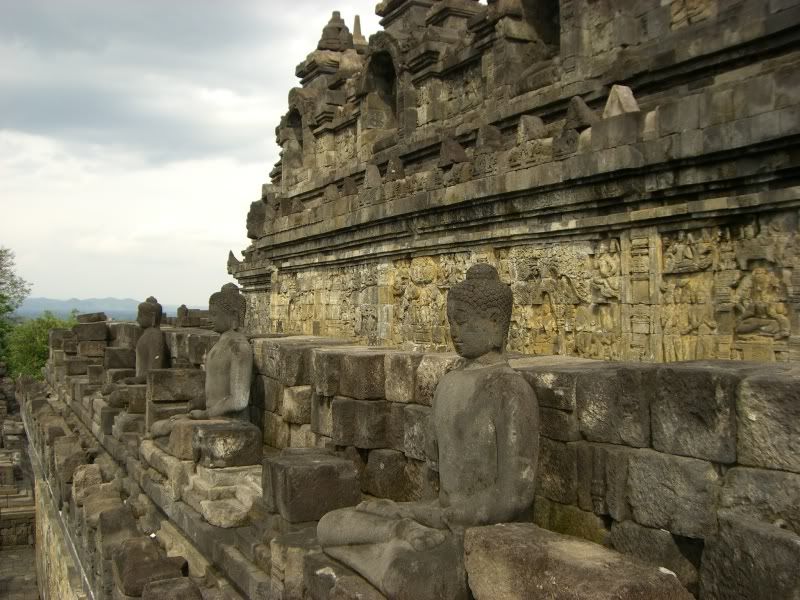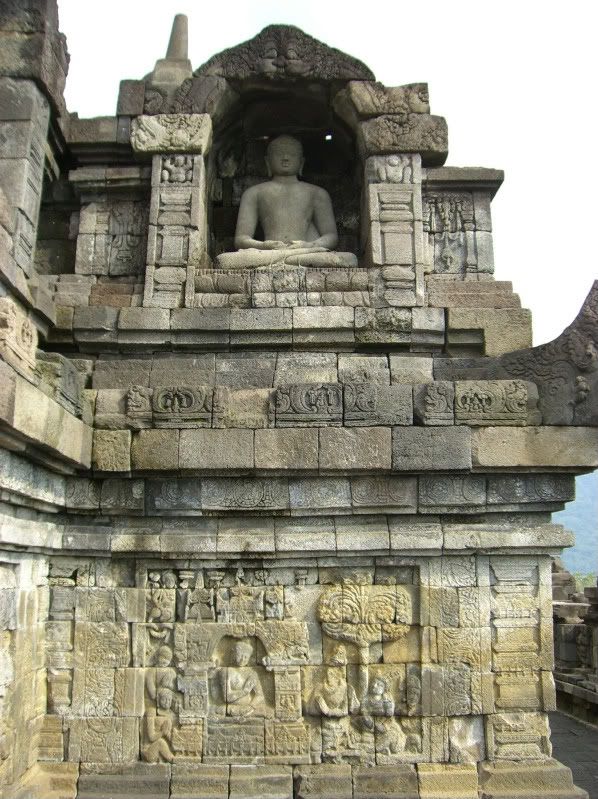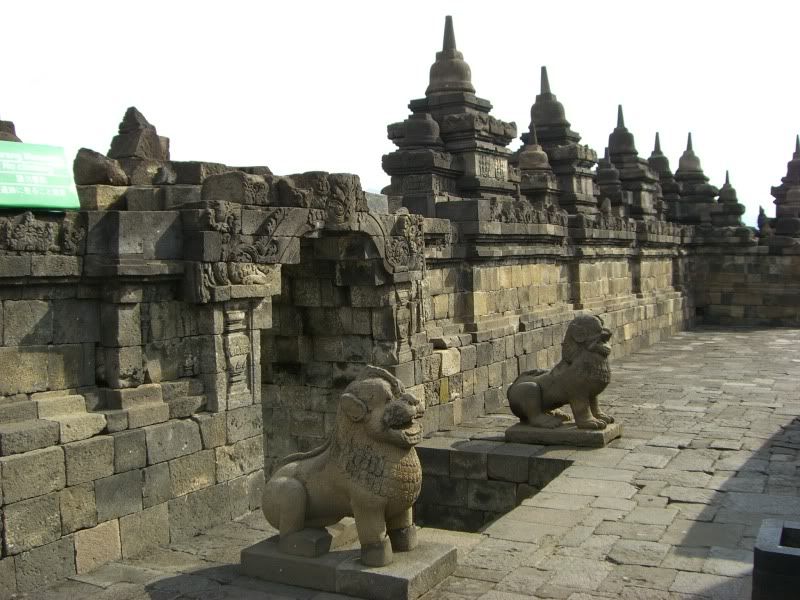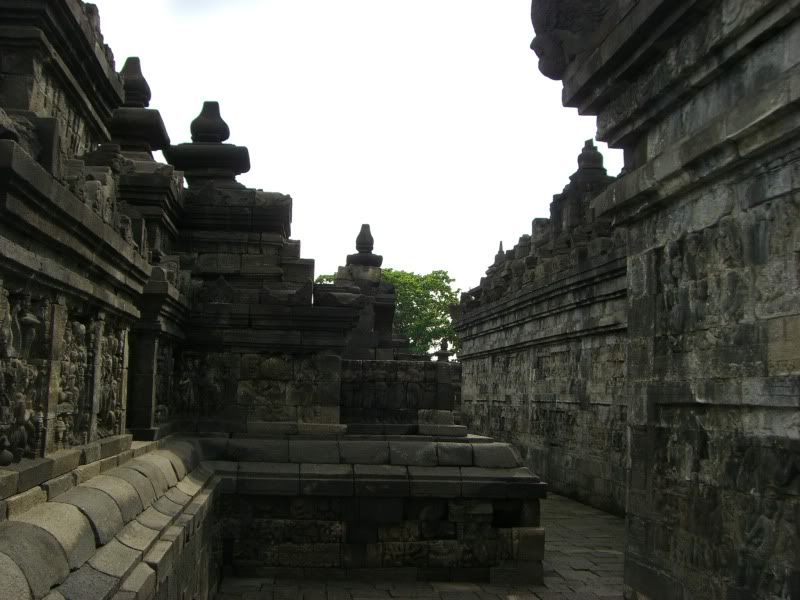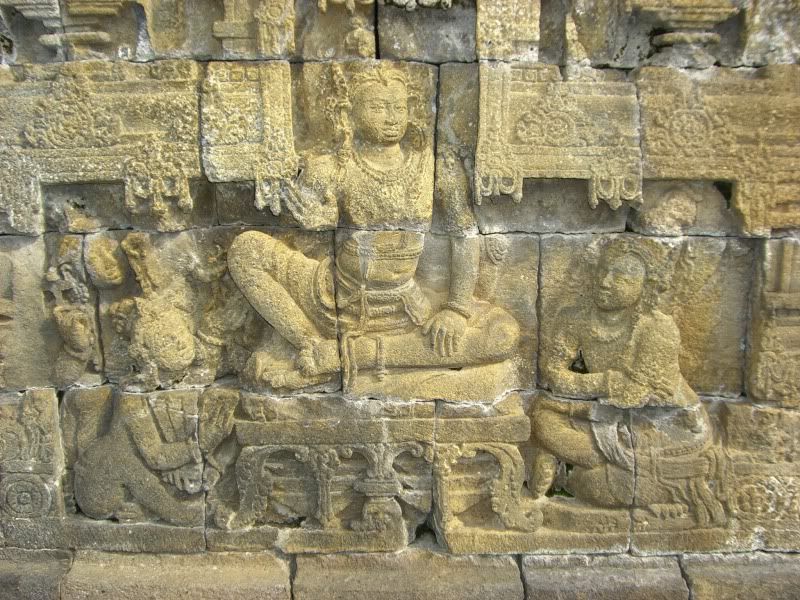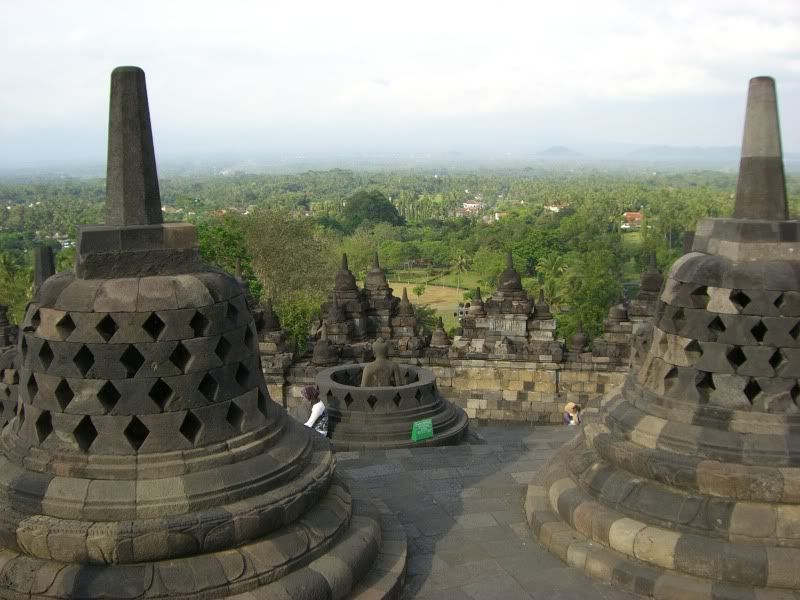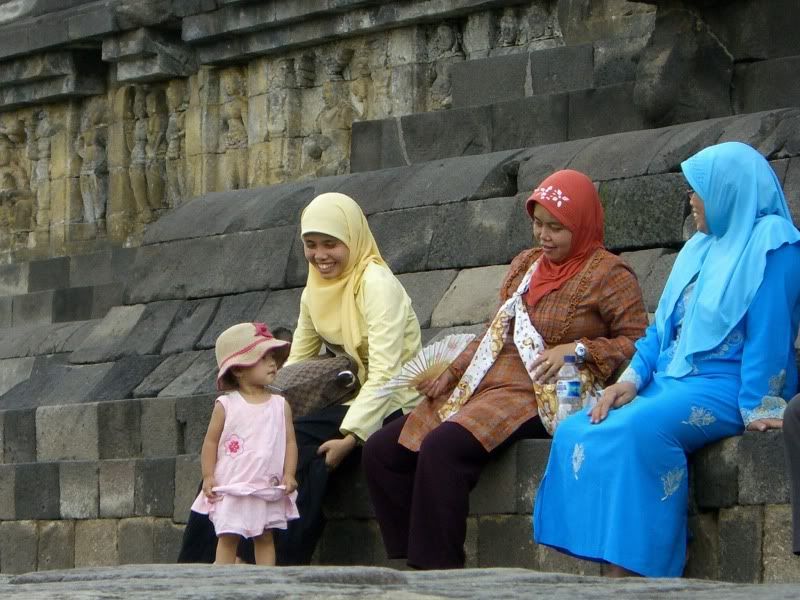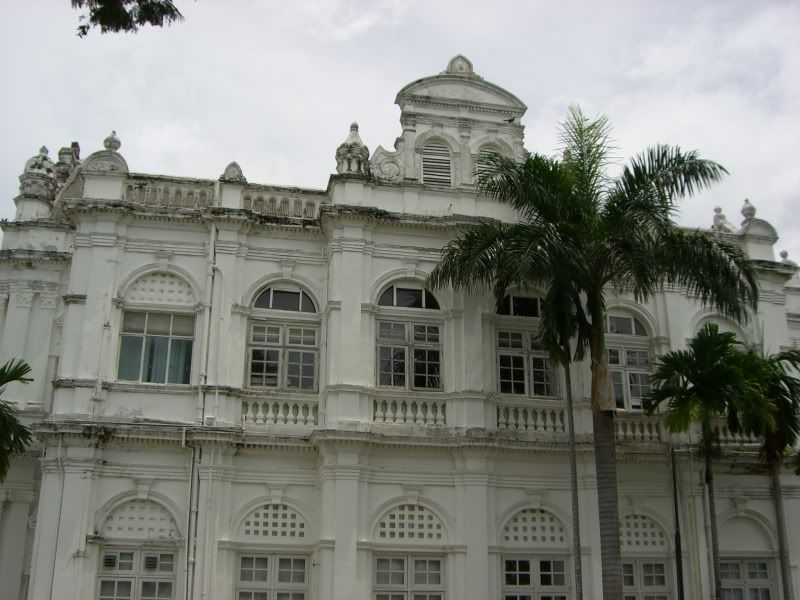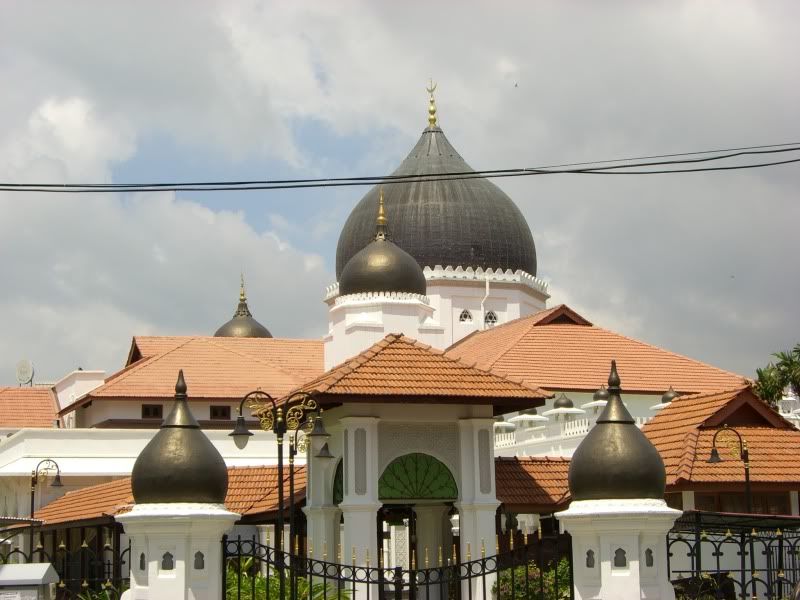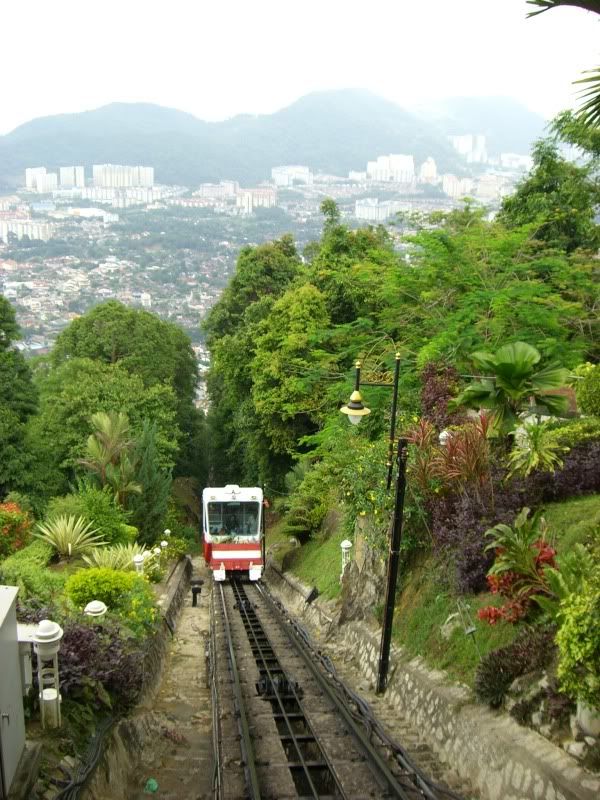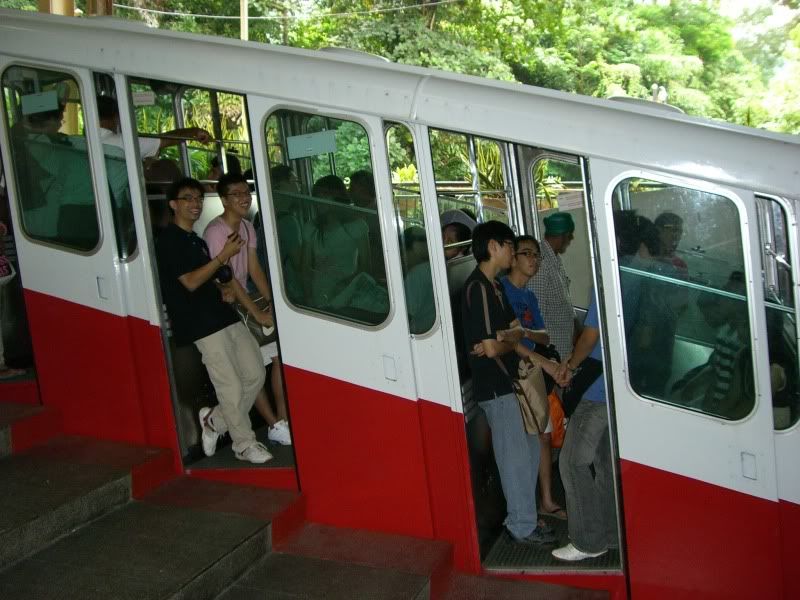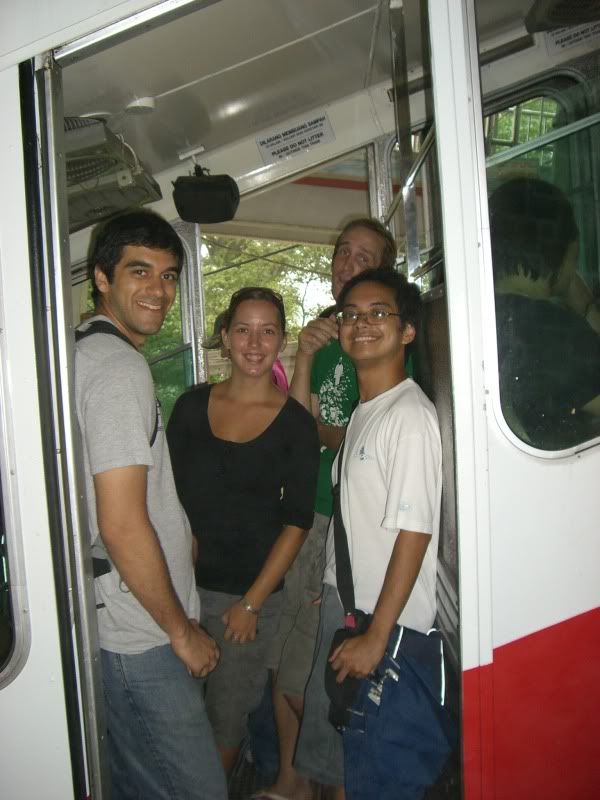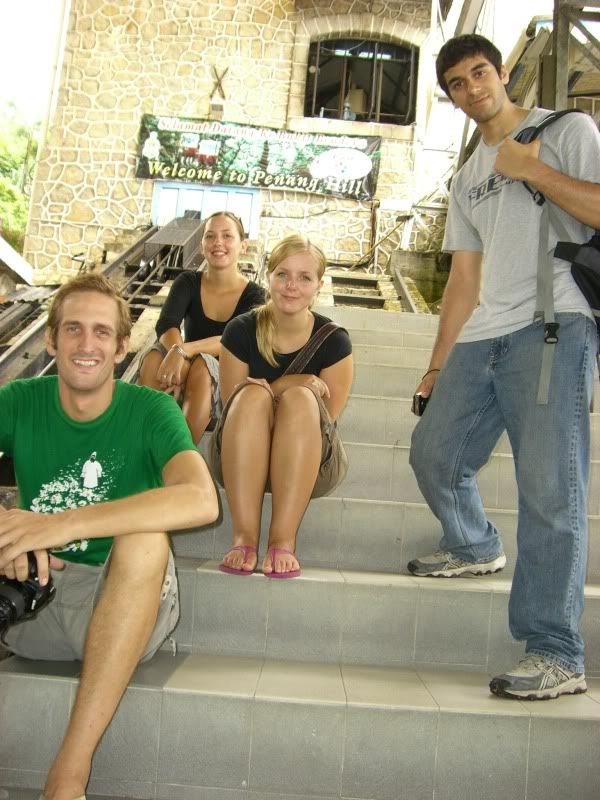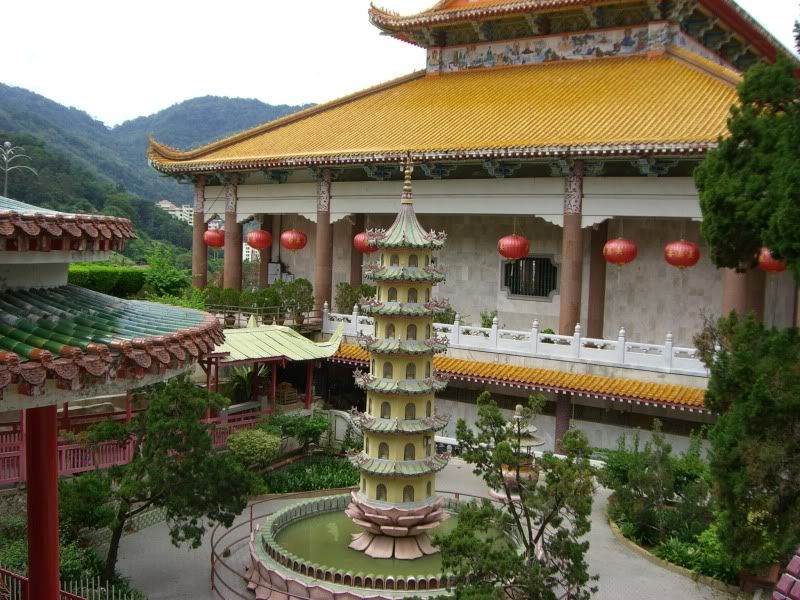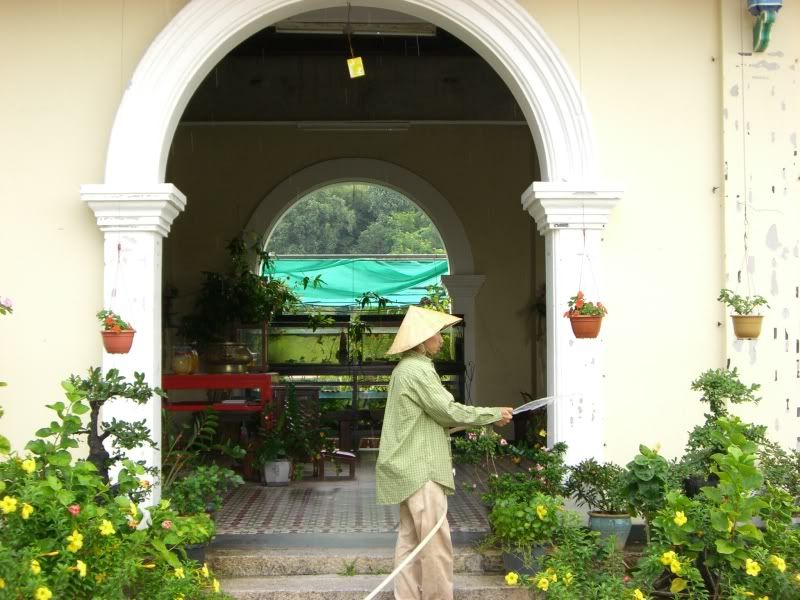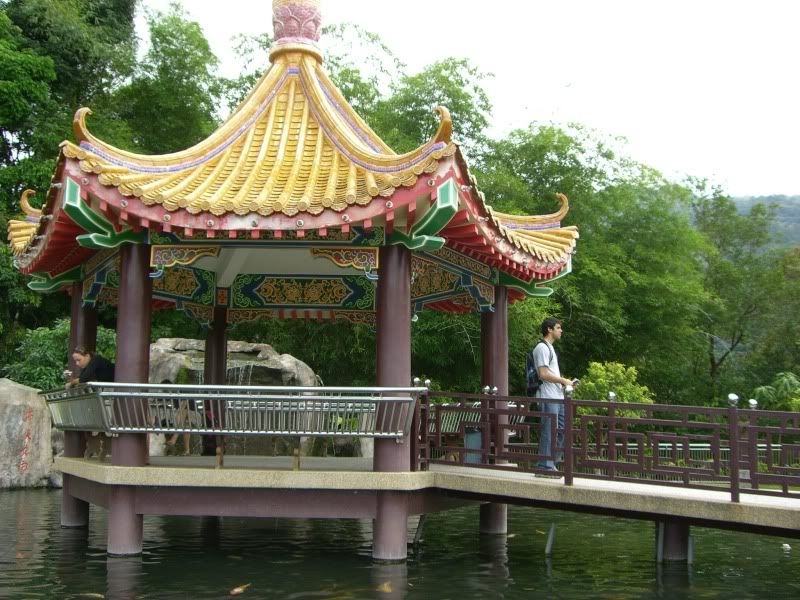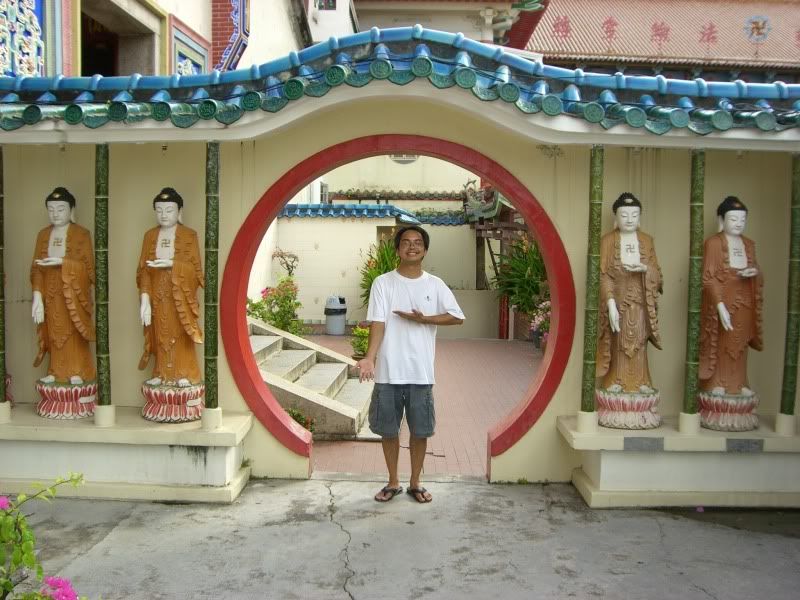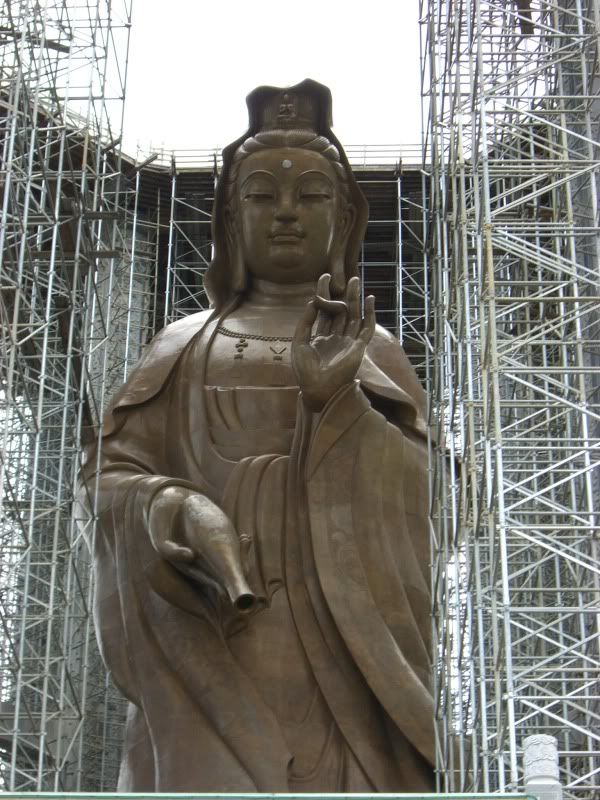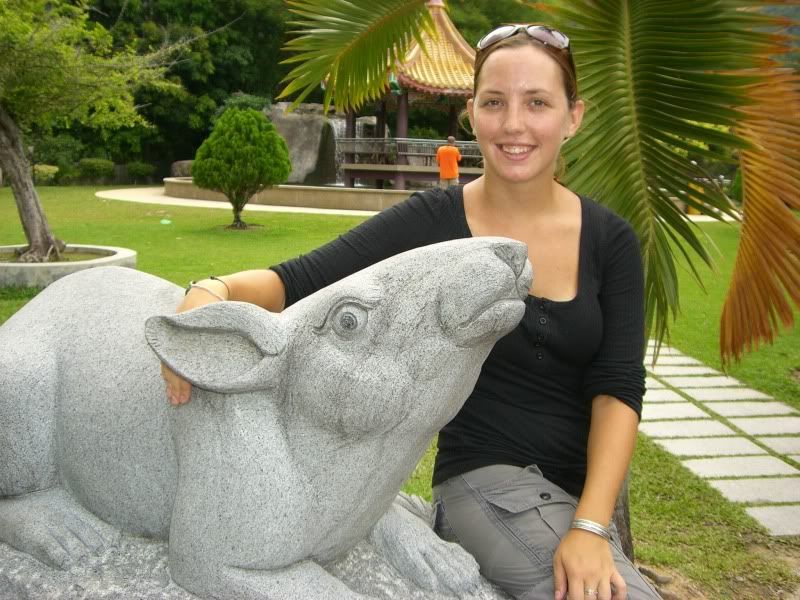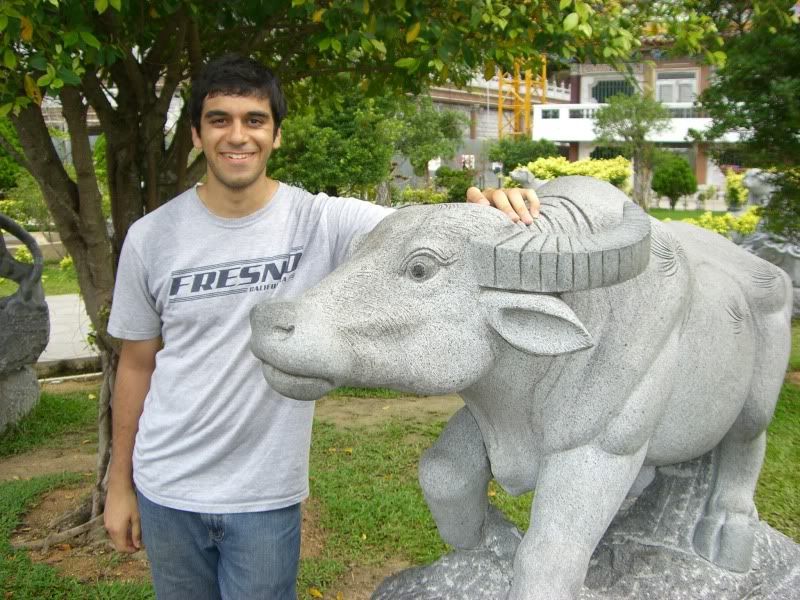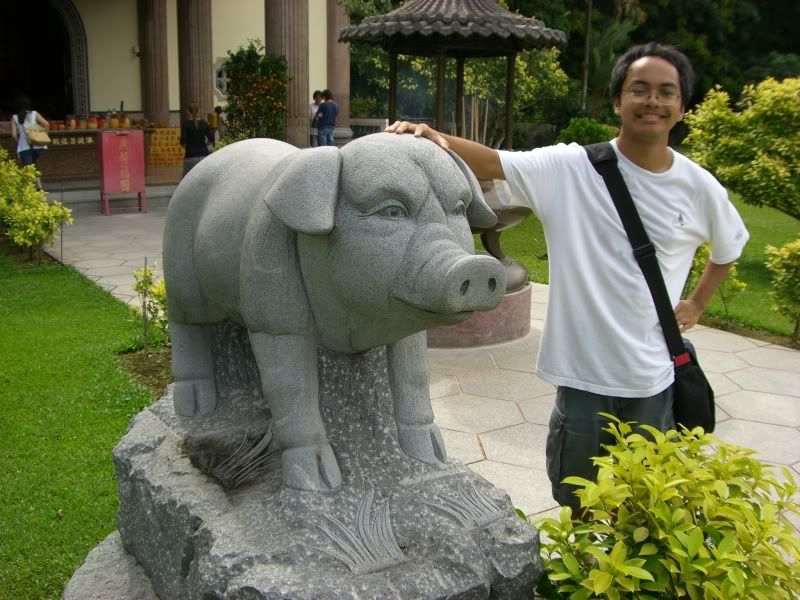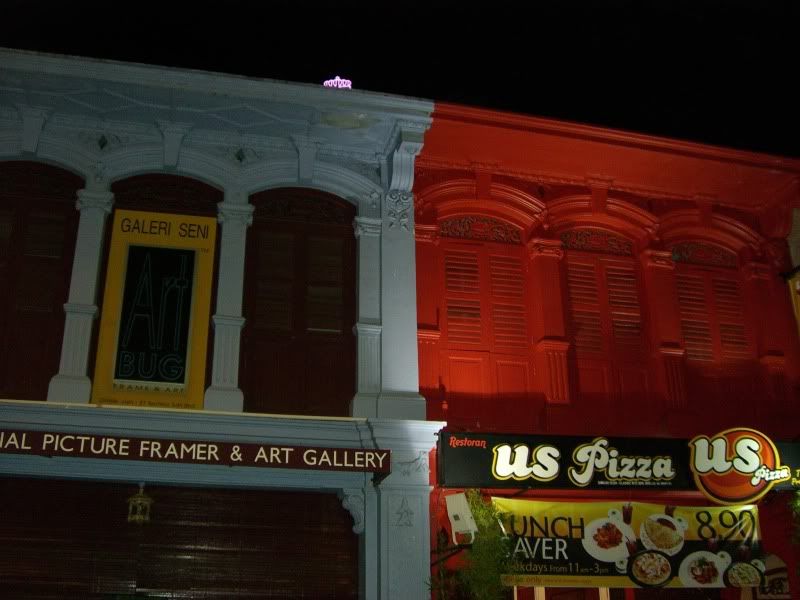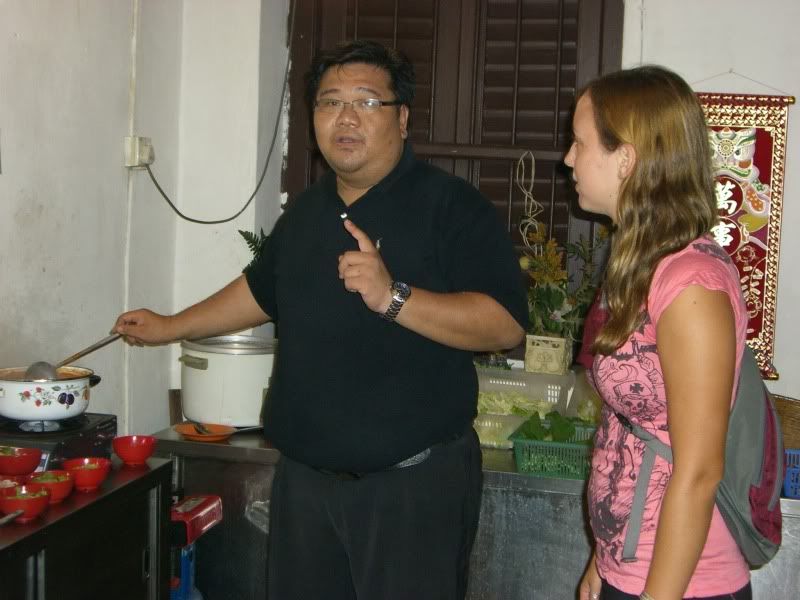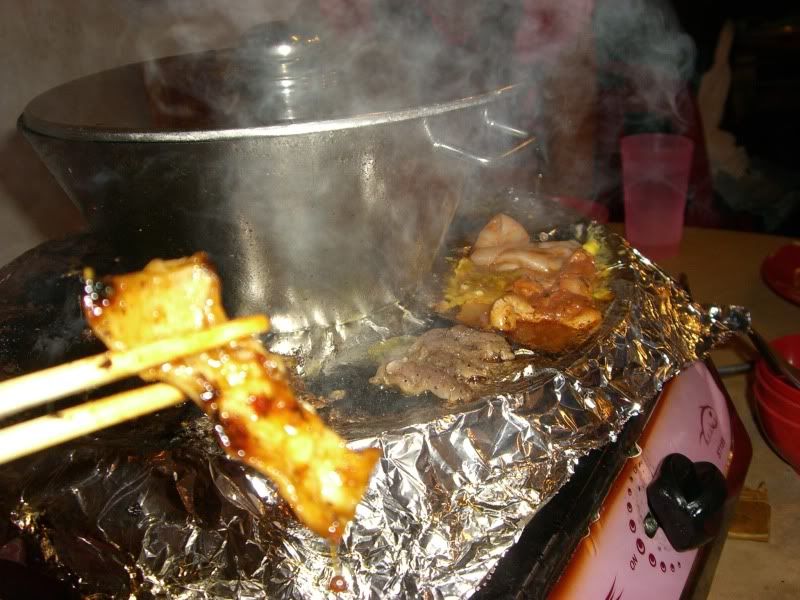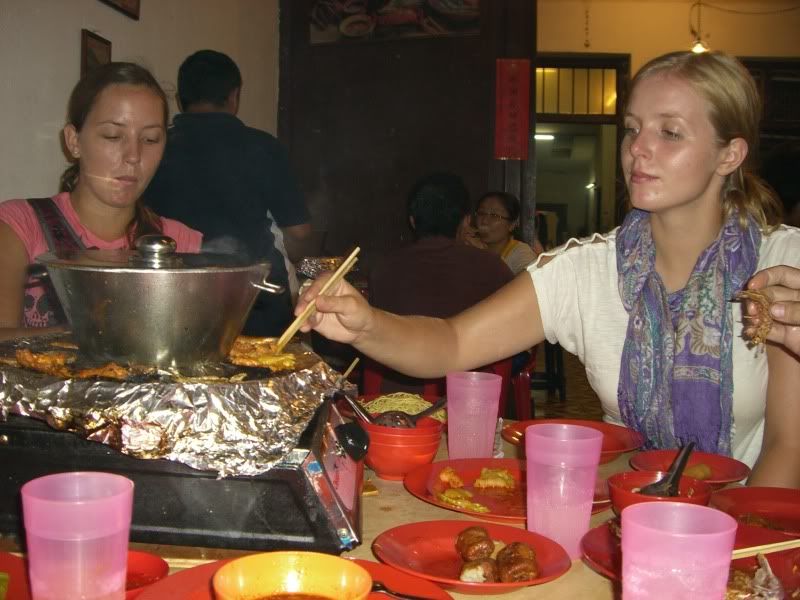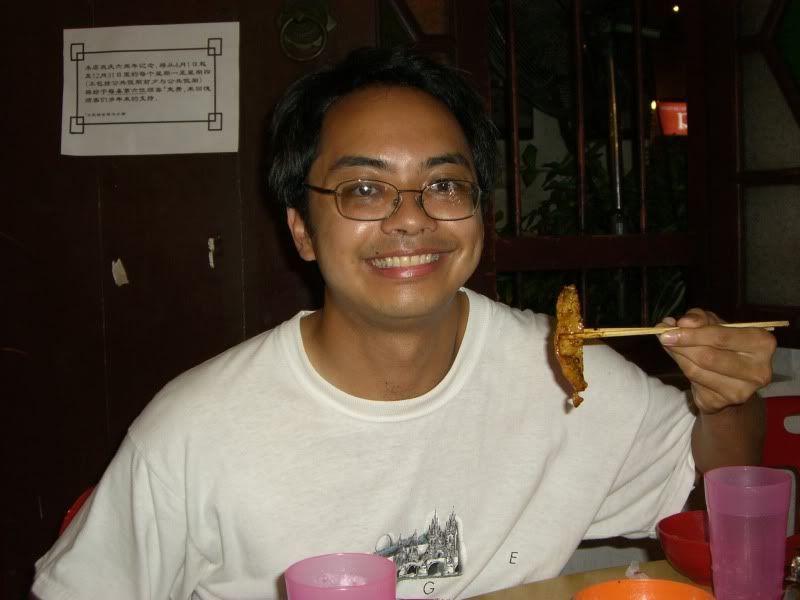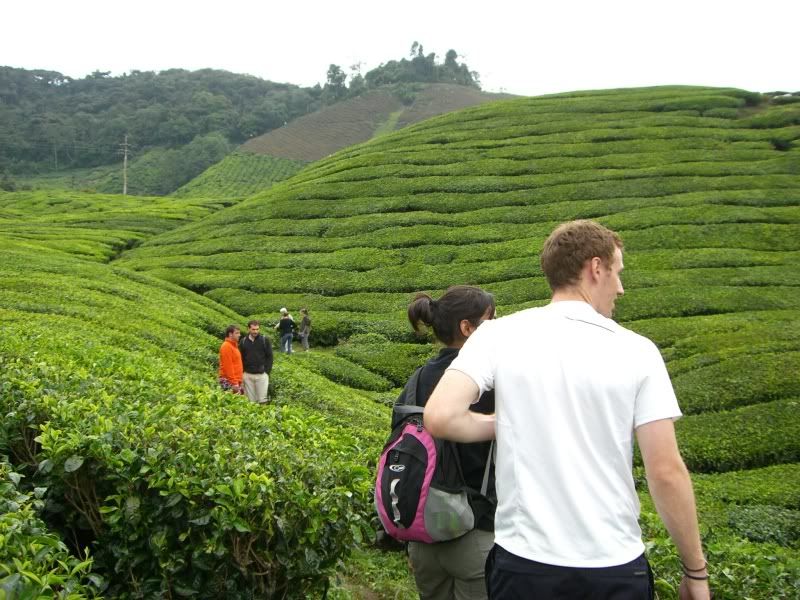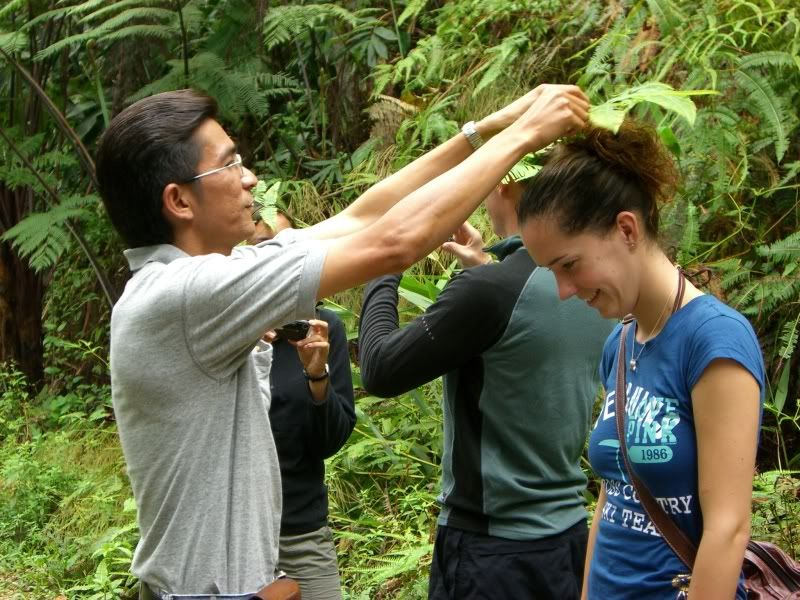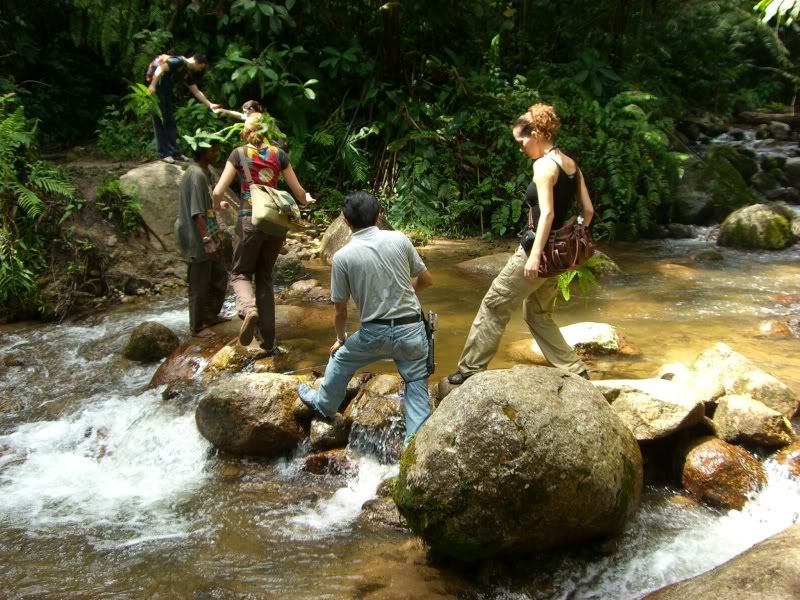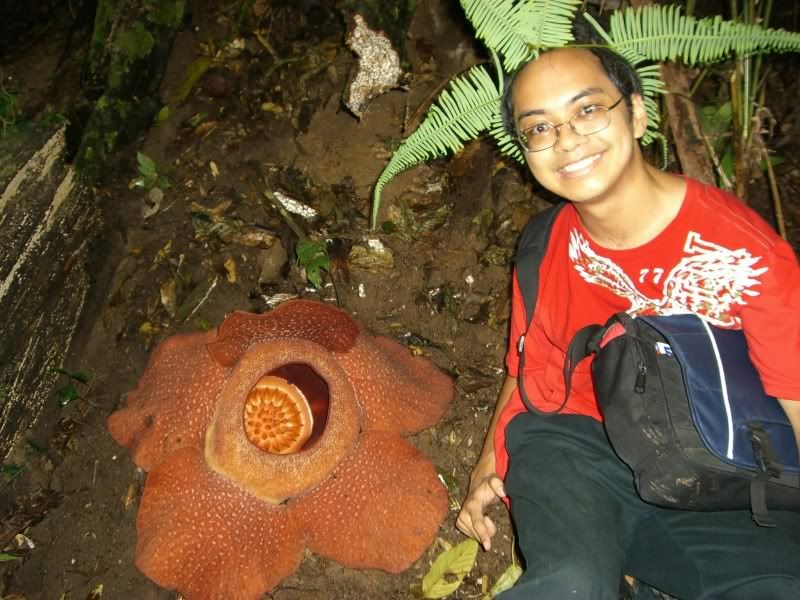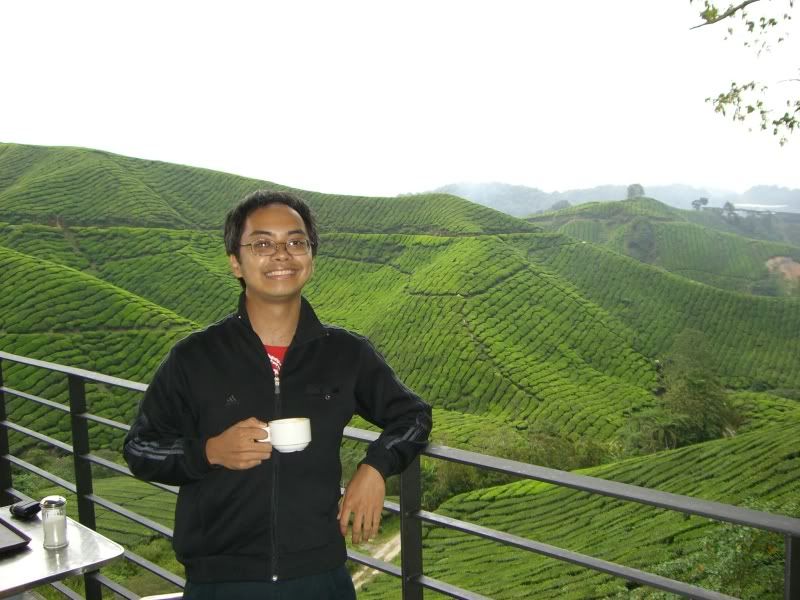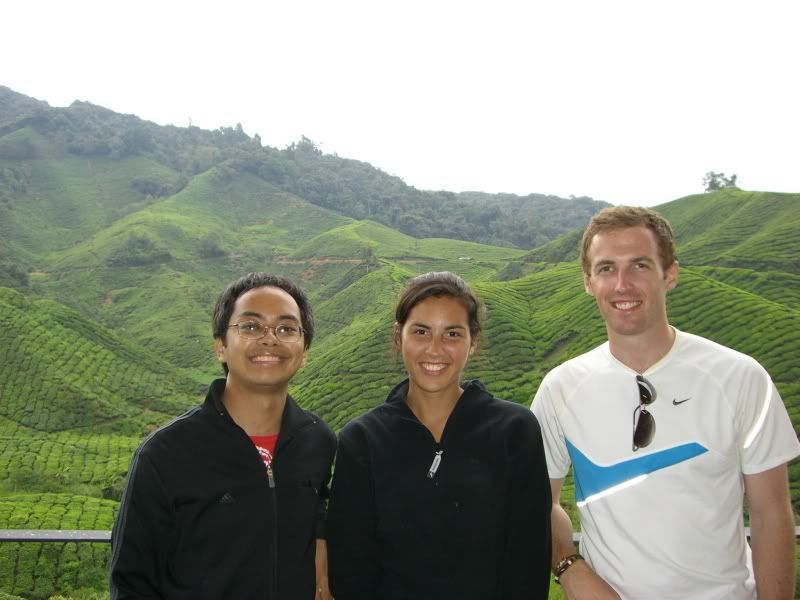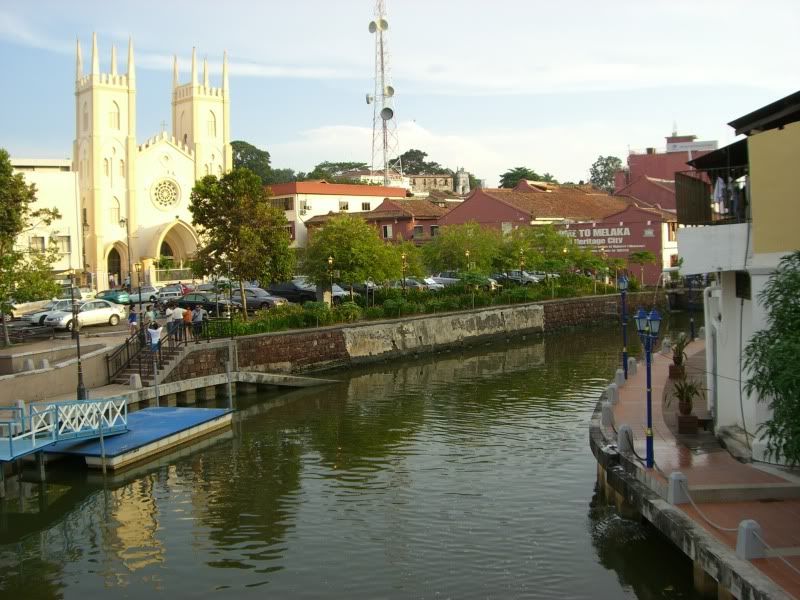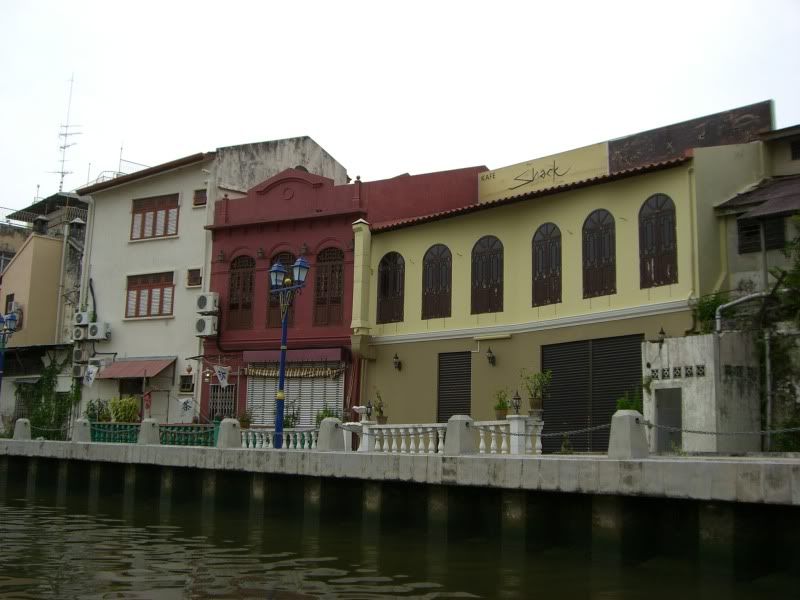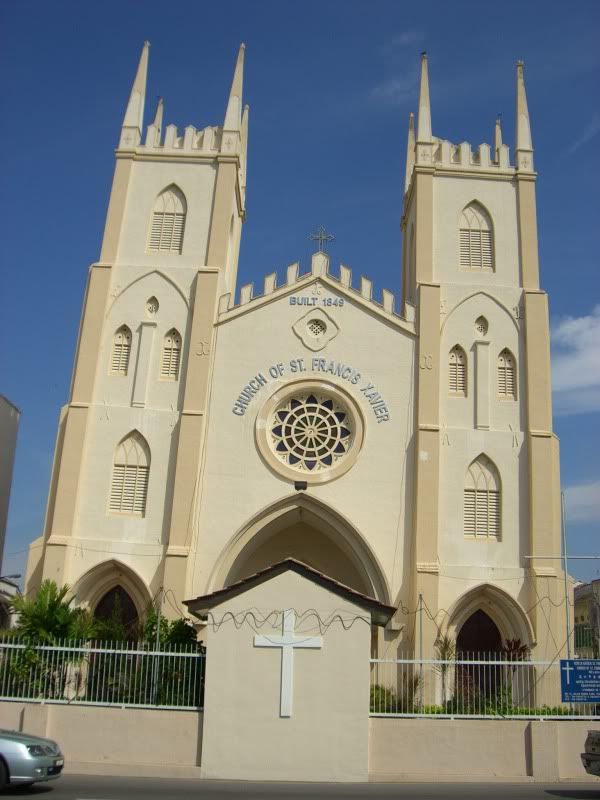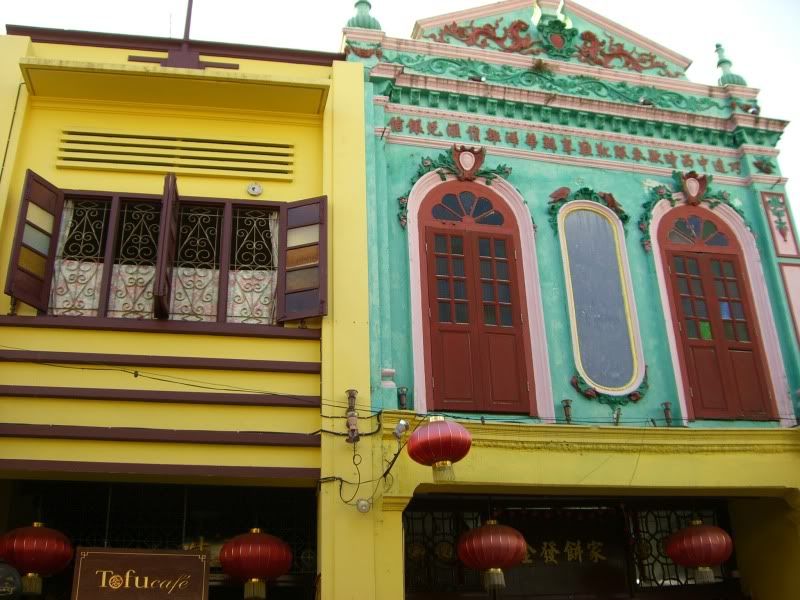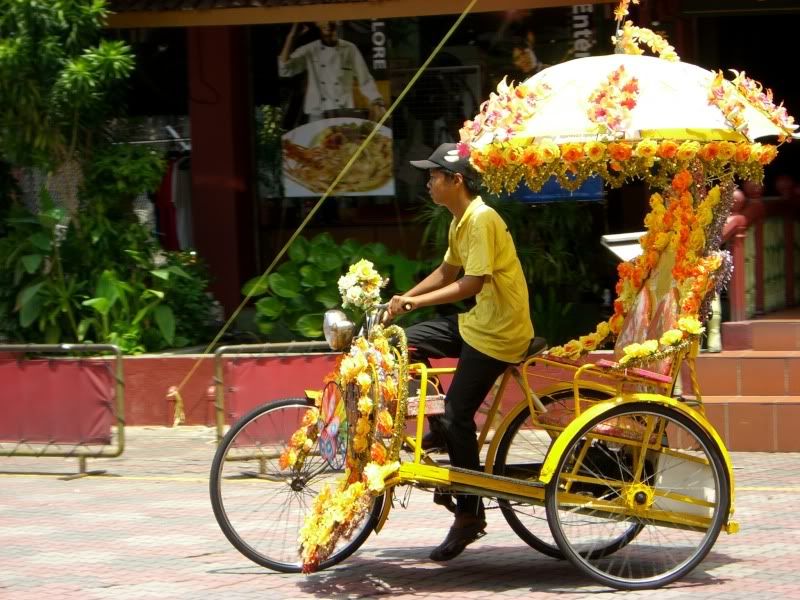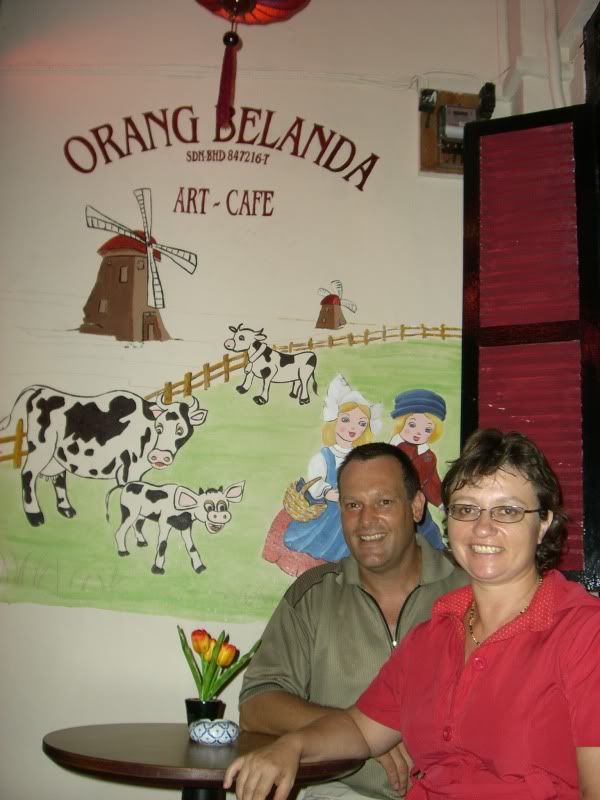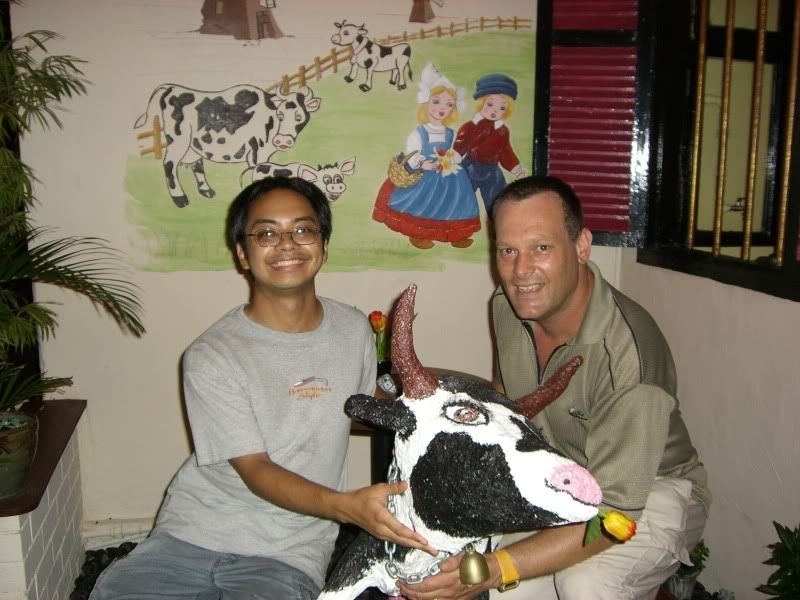What's wrong with Asian culture? I read a thought-provoking book recently called Breaking the Bamboo Ceiling, by Jane Hyun. While many Asian-Americans are well-educated and hold respectable white-collar jobs, there's very few of them in senior management positions. Can anyone name five other Asian-American CEOs besides Jerry Yang of Yahoo! Inc.?
The book focuses on how to resolve the differences between Confucian values and American values in the workplace. Confucian teaching stresses respect for authority, keeping your opinion to yourself, the importance of the group and preserving harmony. This clashes with the American emphasis on questioning conventional wisdom, freedom of speech, creative thinking and showing your individuality.
In Asian culture, people are trained to think that as long as they deliver excellent performance, you will be recognized and rewarded. But in an American workplace, you have to network with your colleagues, sell yourself to your managers and take leadership roles on projects in order to get a promotion.
The book focuses on how to resolve the differences between Confucian values and American values in the workplace. Confucian teaching stresses respect for authority, keeping your opinion to yourself, the importance of the group and preserving harmony. This clashes with the American emphasis on questioning conventional wisdom, freedom of speech, creative thinking and showing your individuality.
In Asian culture, people are trained to think that as long as they deliver excellent performance, you will be recognized and rewarded. But in an American workplace, you have to network with your colleagues, sell yourself to your managers and take leadership roles on projects in order to get a promotion.
Your social skills are as important as your technical skills, which many Asians fail to grasp. This is why so many Asian-Americans get passed over for promotions in the states. To look at the bigger picture, I this can explain why Asian companies are good at production and engineering, but Western companies excel at innovation and marketing.
The book spurred me to think about the flip side, being a Westerner in an Asian work environment. My friends and I have frequently discussed (complained?) about this very issue. I've written down some of the culture clashes below. Several of these problems exist in Western workplaces as well, but I think they are especially extreme in Asian offices.
Your opinion does NOT matter
The book spurred me to think about the flip side, being a Westerner in an Asian work environment. My friends and I have frequently discussed (complained?) about this very issue. I've written down some of the culture clashes below. Several of these problems exist in Western workplaces as well, but I think they are especially extreme in Asian offices.
Your opinion does NOT matter
This is probably the biggest shock to Americans who have always enjoyed free speech. It's an even bigger shock to Gen Y people who are fresh out of college, who were brought up to believe that everyone actually cares about what they think.
But in Asia, the boss is God and they demand worship, not collaboration. The boss makes the decisions, then the employees execute his orders. End of story.
While your co-workers may ask you to check over their English writing or other things like that, be prepared to have zero input on the larger strategic issues of the company.
But in Asia, the boss is God and they demand worship, not collaboration. The boss makes the decisions, then the employees execute his orders. End of story.
While your co-workers may ask you to check over their English writing or other things like that, be prepared to have zero input on the larger strategic issues of the company.
What a waste of our talent! I often catch myself thinking, "It would be so much better if they would just . . . " Best to keep it to yourself, because no one wants to listen to someone talk about how it's better to do it the Western way.
The annoying thing is that they say they're hiring you for your Western knowledge and expertise. But whenever you share your opinion, it's rejected or you're told it wouldn't work in Asia. No further explanation.
As Asian companies become more powerful and buy up more Western companies, there's bound to be clashes between Asian managers and Western workers. This Businessweek article titled My Way or the Highway at Hyundai explores this topic further, detailing the clashes between American executives and their Korean bosses.
Disorganized, but somehow functions
When you're in an Asian work environment, sometimes things seem really chaotic. No one knows what's going on, you can't contact people you need to reach, your colleagues have no idea what the government regulations are, etc.
As Asian companies become more powerful and buy up more Western companies, there's bound to be clashes between Asian managers and Western workers. This Businessweek article titled My Way or the Highway at Hyundai explores this topic further, detailing the clashes between American executives and their Korean bosses.
Disorganized, but somehow functions
When you're in an Asian work environment, sometimes things seem really chaotic. No one knows what's going on, you can't contact people you need to reach, your colleagues have no idea what the government regulations are, etc.
I've worked in successful and unsuccessful offices in Asia, and sometimes it's hard to tell the difference by looking at the surface. Somehow, these enterprises manage to keep on going in spite of appearing badly managed and staffed with people who look like they don't know what they're doing.
The best analogy would be to Asian traffic. It seems crazy and dangerous, but there's surprisingly few accidents. That's because everyone is thinking on the same wavelength. They know when to accelerate, brake and weave around immovable objects.
The best analogy would be to Asian traffic. It seems crazy and dangerous, but there's surprisingly few accidents. That's because everyone is thinking on the same wavelength. They know when to accelerate, brake and weave around immovable objects.
It's the same at work. Just when you're pissed off and ready to quit, they'll suddenly give you that thing that you urgently needed. You have to give yourself a few months before you can tune in to their wavelength. Once you lock on to it, you'll be set.
A verbal promise is worth more than a written agreement
In American society, we tend to abide by MGM movie mogul Louis B. Mayer's quote: "A verbal contract isn't worth the paper it's printed on." You have to nail down every deal point in writing so that you can sue if the other party reneges.
It's the reverse in Asia. Contracts are meaningless. And the courts are hardly fair and unbiased toward foreigners. Lawsuits aren't common, because Asia doesn't have the litigation culture of America.
A verbal promise is worth more than a written agreement
In American society, we tend to abide by MGM movie mogul Louis B. Mayer's quote: "A verbal contract isn't worth the paper it's printed on." You have to nail down every deal point in writing so that you can sue if the other party reneges.
It's the reverse in Asia. Contracts are meaningless. And the courts are hardly fair and unbiased toward foreigners. Lawsuits aren't common, because Asia doesn't have the litigation culture of America.
What your partner promises you is what will actually happen. Instead of arguing over every point of the contract, it's better to concentrate on building a good relationship with the boss and his assistant(s). If you have them on your side, you'll be fine. If you don't, then even the best contract in the world won't save you from being screwed over.
I appreciate how difficult it is to make this leap of faith, since outright lying does happen. So it's hard to be certain.
I appreciate how difficult it is to make this leap of faith, since outright lying does happen. So it's hard to be certain.
For example: a boss once showed me a contract with a much lower salary than the job ad had quoted. When I pointed this out, the boss assured me that this was just the contract they would give to the government. (Likely reason: tax evasion)
Later, I'd sign a "real" contract that stated my full salary. In the end, I signed it, intending to quit if they actually did mess with my salary. But lo and behold, she paid me the full salary I was told, and on time too.
Lack of advancement
Lack of advancement
Growing up in American society, where upward mobility is taken for granted, it's hard to accept that the only way to get a better job in Asia is to quit and join another company. If you work for a small local company, you get pigeon-holed in one position and you never get to move up to another job or get salary raises.
Higher positions are usually reserved for locals. Only big multinational companies have the paths to upper management and open attitude to foreigners where you can actually advance your career.
Lack of advancement is a problem for places that have shallower job markets for foreigners, like in Taiwan. I often tell friends that the jobs for Westerners here are limited to teaching English, and some editing and translation. That's about it.
If you want to move up to more professional jobs, it might be necessary to change location altogether. Cosmopolitan urban centers like Hong Kong, Shanghai, and Singapore have deeper job markets with a greater variety of jobs for Westerners. But you often need considerable work experience (that's not teaching English) and language fluency to get those jobs.
Lack of advancement is a problem for places that have shallower job markets for foreigners, like in Taiwan. I often tell friends that the jobs for Westerners here are limited to teaching English, and some editing and translation. That's about it.
If you want to move up to more professional jobs, it might be necessary to change location altogether. Cosmopolitan urban centers like Hong Kong, Shanghai, and Singapore have deeper job markets with a greater variety of jobs for Westerners. But you often need considerable work experience (that's not teaching English) and language fluency to get those jobs.
The harder but more rewarding route is to get a job back in the West, work your way up in the company and try to get an overseas assignment. But this strategy requires a serious long-term commitment. You have to apply to companies that have foreign branches in the countries you're interested in, study the language in your spare time, talk your way into any business trips to that destination and lobby your bosses to send you abroad. On the plus side, your company will often arrange visas, flights, housing, etc. so that you'll have a soft landing.
The downside of more developed markets is that they demand higher performance from employees, which is more stressful. At local firms in emerging economies, you can get away with being a little sloppy and lazy.
One possible shortcut is to do an MBA in the foreign city you want to work in. Once you're there, you have the advantage of being "on the ground." You can network with your classmates, check out possible employers in person, and get internships with the companies you've targeted. You can move there right away and start job-hunting while you're studying, instead of waiting years for an overseas posting.
An extra boost to your resume is if that city/country specializes in what you want to do. Examples: entertainment business in Los Angeles, wealth management in Zurich, Chinese business in Shanghai or Hong Kong, and natural resources management in Sydney.
But it's absolutely important that you study at a reputable university that's accredited by an organization like the AACSB. You don't want to sink all that time and money into a degree that won't be recognized by employers. If you're after a particular concentration, like finance, marketing or entrepreneurship, make sure the program has that too.
One way around the accreditation issue is to go to a university that runs a joint MBA program with a partnering business school in the West. Then you can earn degrees that are recognized in both places. The UCLA-NUS program in Singapore is an example. Although many of these are actually EMBA programs that are aimed more at senior executives, rather than people with little business experience.
I'd also strongly recommend that you study the language of your destination as much as you can before you go there. You'll get much more out of your experience abroad, make more friends and adapt better if you do.
Some MBAs combine business classes and language classes, but I think that's a tough balance. Better to concentrate on the language first, so you can focus on the MBA classes later.
For more information, check out this article:
Get an MBA while vagabonding
For more information, check out this article:
Get an MBA while vagabonding
The "last to know" syndrome
This is partly due to the language barrier, forgetfulness on the part of your co-workers, or their lack of confidence in their English. Sometimes it's about deliberately hiding information from you. Whatever the reason, be prepared to be the last person in your office to learn about any important company news. Example: the day after a meeting, a co-worker will ask why you didn't go, even though no one told you there was going to be a meeting!
Hot tip: seek out a Westerner who's worked at that company for a while and ask them what's up. If you ask politely, most fellow Westerners will be sympathetic to your confusion and give you clear advice on what to do. They'll also be more familiar with issues specific to your company. If you just ask your Western friends who aren't co-workers, you'll get conflicting stories.
I learned this the hard way. After spending months trying to get a Taiwanese work permit, I finally turned to an Englishman at my company. In one short conversation, he was able to cut through all the confusion and give me a clear game plan of what to do. I was kicking myself for not checking with him sooner. I could have saved myself a load of trouble.
The boss is always watching
The boss is always watching
I'm not sure if this is just a Taiwanese thing, but traditional bosses here like to sit at the very back of the office where they can see what every worker is doing. Everybody's desks are often clustered together to make it easier for the boss to watch everyone.
This makes it harder for employees to slack off and surf the Internet, which is probably the point. But it also makes the environment more stressful, because you feel like the boss always has his eyes on what you're doing. The West is much different, where some bosses hide themselves in their offices, hate talking to colleagues and only come out to attend meetings.
If you're an English teacher, be prepared to have nosy mothers stare at you through a window while you're teaching their kids.
After-hours socializing
When your company hosts lunches, dinners or parties, you're expected to attend. It gives a chance for colleagues to get to know each other better. If you don't go, your co-workers lose face. The worst situation is when you're the only foreigner and everyone else is speaking in the native language.
This makes it harder for employees to slack off and surf the Internet, which is probably the point. But it also makes the environment more stressful, because you feel like the boss always has his eyes on what you're doing. The West is much different, where some bosses hide themselves in their offices, hate talking to colleagues and only come out to attend meetings.
If you're an English teacher, be prepared to have nosy mothers stare at you through a window while you're teaching their kids.
After-hours socializing
When your company hosts lunches, dinners or parties, you're expected to attend. It gives a chance for colleagues to get to know each other better. If you don't go, your co-workers lose face. The worst situation is when you're the only foreigner and everyone else is speaking in the native language.
At restaurants, I try to strategically sit close to people I like to talk to, which makes the ordeal less painful. But sometimes I'm foiled by the boss, who will insist I sit close to him. Ostensibly, this is to show I'm an honored guest. However, I sometimes suspect it's just so that the boss can show off his English by talking to me in front of the staff.
In Japan and South Korea, I've heard it's more serious. You're practically required to go drinking with your boss after work. You have to accept every toast he makes and match him drink for drink. The ability to hold your liquor can mean more to him than your competence at the job.
China has this too, but I think it's more of a Northeast Chinese thing, as that area is closer to Japan and South Korea. I find this happens less often in Taiwan because people aren't big drinkers here.
I originally thought karaoke was only a Japanese obsession, but I've seen it all over Asia. In China, Taiwan and Hong Kong, it's known as KTV. I find singing in English to already be embarrassing, but here, most of the songs are in Mandarin!
Companies expect loyalty while treating you like crap
In Japan and South Korea, I've heard it's more serious. You're practically required to go drinking with your boss after work. You have to accept every toast he makes and match him drink for drink. The ability to hold your liquor can mean more to him than your competence at the job.
China has this too, but I think it's more of a Northeast Chinese thing, as that area is closer to Japan and South Korea. I find this happens less often in Taiwan because people aren't big drinkers here.
I originally thought karaoke was only a Japanese obsession, but I've seen it all over Asia. In China, Taiwan and Hong Kong, it's known as KTV. I find singing in English to already be embarrassing, but here, most of the songs are in Mandarin!
Companies expect loyalty while treating you like crap
As skilled labor becomes more scarce in certain industries like technology or finance, Western companies are waging The War for Talent. Bonuses, stock options, rapid promotions, they'll offer anything to find and keep the best people. Retaining talented workers is a big priority for top Western firms, but not Asian ones.
That's because in Asian culture, employees feel grateful to the companies that gave them jobs. Yes, you may have to work lots of unpaid overtime, give up your weekends and vacations, and take the blame for everything that goes wrong, but the company hired you, so you owe them. The situation is changing though, as globalization makes the idea of lifetime employment more obsolete.
Low salaries, few benefits
That's because in Asian culture, employees feel grateful to the companies that gave them jobs. Yes, you may have to work lots of unpaid overtime, give up your weekends and vacations, and take the blame for everything that goes wrong, but the company hired you, so you owe them. The situation is changing though, as globalization makes the idea of lifetime employment more obsolete.
Low salaries, few benefits
If you were hired in the West and sent to work in Asia, you'll get a comfortable expat package. But if you're hired locally by a local company, you tend to get a lower salary and fewer benefits compared to a Western company.
Unpaid overtime, no vacations for the first year, and having to do extra tasks for your boss that are unrelated to your job are the norm for non-teaching jobs.
Unpaid overtime, no vacations for the first year, and having to do extra tasks for your boss that are unrelated to your job are the norm for non-teaching jobs.
Salaries are laughably low by Western standards, but your local friends are guaranteed to tell you, "But that's really high for Taiwan!" (or insert another country). To be fair, that is true. I've heard of engineers and people with Ph.D's making less money than I do.
If you work in Japan, South Korea, or Taiwan, there is one huge benefit: Universal Health Care. While my friends from Canada, the U.K. or Australia may be less impressed by this, as an American, I think it's amazing!
I once had to get an operation in Taiwan. Luckily, I was covered by the Taiwan National Health Insurance. The total cost of the surgery, a 3-day hospital stay in a semi-private room, and enough pills to start a drug empire was only US$120. My mother said that the equivalent treatment in the states would have cost US$50,000 or more if I wasn't covered by health insurance.
If you work in Japan, South Korea, or Taiwan, there is one huge benefit: Universal Health Care. While my friends from Canada, the U.K. or Australia may be less impressed by this, as an American, I think it's amazing!
I once had to get an operation in Taiwan. Luckily, I was covered by the Taiwan National Health Insurance. The total cost of the surgery, a 3-day hospital stay in a semi-private room, and enough pills to start a drug empire was only US$120. My mother said that the equivalent treatment in the states would have cost US$50,000 or more if I wasn't covered by health insurance.
Getting paid once a month sucks!
Nothing forces you to budget your money more carefully like getting paid only once a month. This is not weird for my U.K. friends, where this is the norm. But for Americans, it's a bit of a struggle at first. You really have to allocate your money wisely, to make sure you can cover your rent and meet all your living expenses until the next payday.
There's a big temptation to blow your paycheck on going out to pubs and clubs. At least in America, the next paycheck is only 2 weeks away. In Asia however, your next paycheck is a whole month away, quite a long wait if you've already spent all your money.
And alcohol is not cheap in Asia, despite the lower cost of living in certain countries. You can know when people are low on funds when they start turning down invitations to go out.
Visas are of life-and-death importance to you, but not your employer
Visas are of life-and-death importance to you, but not your employer
For expats, visas are a pain in the ass but of absolute importance. Overstaying a visa can mean a trip out of the country at best to being banned from the country at the worst. What adds to the fear factor is that no one is 100% sure what the regulations are and which rules the authorities will ignore or enforce.
That being said, I've had pretty good experiences getting visas through working as an English teacher. But getting a visa for any job that's more professional is a nightmare. The requirements for a professional visa are higher, because you have to prove that you have unique skills that a local person doesn't have. Expect to supply a lot of documentation to the authorities.
English cram schools have a high turnover of English teachers, so they're used to dealing with the visa process all the time. The visa requirements for English teachers are also lower, typically an original college degree and a medical exam at a local hospital.
Local employers that aren't multinationals have less experience with applying for visas. These companies have much lower turnover than cram schools, probably because foreigners who get out of teaching English hold on to non-teaching jobs longer. As a result, the employers don't need to get visas as often.
When they do, they'll often fob off the job on some overworked employee who will be assigned to apply for your visa. That person will usually have no idea how to do this. In one case, I had one Taiwanese co-worker call up managers in other departments and ask, "Do you have any foreign staff? How did you get their visas?" In another job I had, they gave the visa-applying task to an employee who'd only been hired a month earlier. That's scary!
The only advice I can give is to be ready with as much documentation as you can, especially letters of recommendation from past employers. Keep every official-looking paper that your boss gives you. The other thing is to check with your manager regularly on how the visa process is going. To avoid being rude, I usually phrase it by asking if they need any other documents from me.
Actually, the best thing to do is to make sure you leave every job on good terms. No matter how much you hate your boss now, try to be polite because every employer is a potential reference to help you get a better job.
That being said, I've had pretty good experiences getting visas through working as an English teacher. But getting a visa for any job that's more professional is a nightmare. The requirements for a professional visa are higher, because you have to prove that you have unique skills that a local person doesn't have. Expect to supply a lot of documentation to the authorities.
English cram schools have a high turnover of English teachers, so they're used to dealing with the visa process all the time. The visa requirements for English teachers are also lower, typically an original college degree and a medical exam at a local hospital.
Local employers that aren't multinationals have less experience with applying for visas. These companies have much lower turnover than cram schools, probably because foreigners who get out of teaching English hold on to non-teaching jobs longer. As a result, the employers don't need to get visas as often.
When they do, they'll often fob off the job on some overworked employee who will be assigned to apply for your visa. That person will usually have no idea how to do this. In one case, I had one Taiwanese co-worker call up managers in other departments and ask, "Do you have any foreign staff? How did you get their visas?" In another job I had, they gave the visa-applying task to an employee who'd only been hired a month earlier. That's scary!
The only advice I can give is to be ready with as much documentation as you can, especially letters of recommendation from past employers. Keep every official-looking paper that your boss gives you. The other thing is to check with your manager regularly on how the visa process is going. To avoid being rude, I usually phrase it by asking if they need any other documents from me.
Actually, the best thing to do is to make sure you leave every job on good terms. No matter how much you hate your boss now, try to be polite because every employer is a potential reference to help you get a better job.
Whenever I give notice that I'm leaving a job, I make sure to ask the boss to be a reference. In a small place like Taipei, a vengeful ex-boss can really damage your job prospects. On the other hand, a supportive ex-boss can open closed doors.
For getting professional visas, I've often had to contact previous employers at the last minute and have them rush to fax over letters of recommendation to me. They would never have helped me if I'd burned my bridges.
For getting professional visas, I've often had to contact previous employers at the last minute and have them rush to fax over letters of recommendation to me. They would never have helped me if I'd burned my bridges.
Remember, they have the power to ruin your life by simply doing nothing to assist you. It may be years before you need them to be a reference, but when you do, you will really need them bad.
Is there a better way to work?
Since working in Asia can be stifling, I've wondered about alternatives. Out of curiosity, I started looking for companies that had a more innovative approach to work. Google and Southwest Airlines are two famous role models, but I tried to uncover more examples.
By far the most radical work environment I've found was Semco, a Brazilian company that makes industrial products. It's run as a boss-less corporation, where employees make all the decisions and focus 100% on getting the job done. No managers, no meetings, no bullshit. The company has become wildly successful, as this BBC profile states:
Is there a better way to work?
Since working in Asia can be stifling, I've wondered about alternatives. Out of curiosity, I started looking for companies that had a more innovative approach to work. Google and Southwest Airlines are two famous role models, but I tried to uncover more examples.
By far the most radical work environment I've found was Semco, a Brazilian company that makes industrial products. It's run as a boss-less corporation, where employees make all the decisions and focus 100% on getting the job done. No managers, no meetings, no bullshit. The company has become wildly successful, as this BBC profile states:
Semco: Management of the Future? (PDF file)
Best Buy, the U.S. electronics retailer, is experimenting with a new system called "ROWE": the Results-Only Work Environment. Under this format, workers are freed from cubicles and schedules. Instead, they use communications technology to get their work done whenever and wherever they want. Their performance is measured by their productivity, not their attendance. Here's some articles that explain it:
Smashing the Clock (Businessweek)
Reworking Work (Time magazine)
W.L. Gore & Associates, the maker of Gore-Tex fabrics and outdoor products, has been running a communal, flexible work culture since its founding in 1958. It's still as revolutionary now as it was then.
Best Buy, the U.S. electronics retailer, is experimenting with a new system called "ROWE": the Results-Only Work Environment. Under this format, workers are freed from cubicles and schedules. Instead, they use communications technology to get their work done whenever and wherever they want. Their performance is measured by their productivity, not their attendance. Here's some articles that explain it:
Smashing the Clock (Businessweek)
Reworking Work (Time magazine)
W.L. Gore & Associates, the maker of Gore-Tex fabrics and outdoor products, has been running a communal, flexible work culture since its founding in 1958. It's still as revolutionary now as it was then.
The Fabric of Creativity (Fast Company)
Anyway, hope this stuff helps, should you ever decide to work in the wacky world of Asia.

